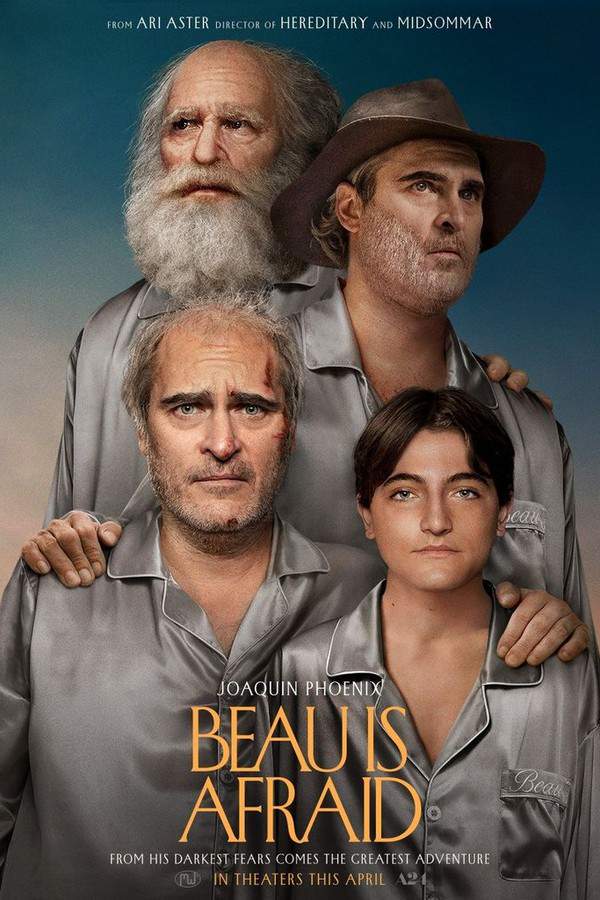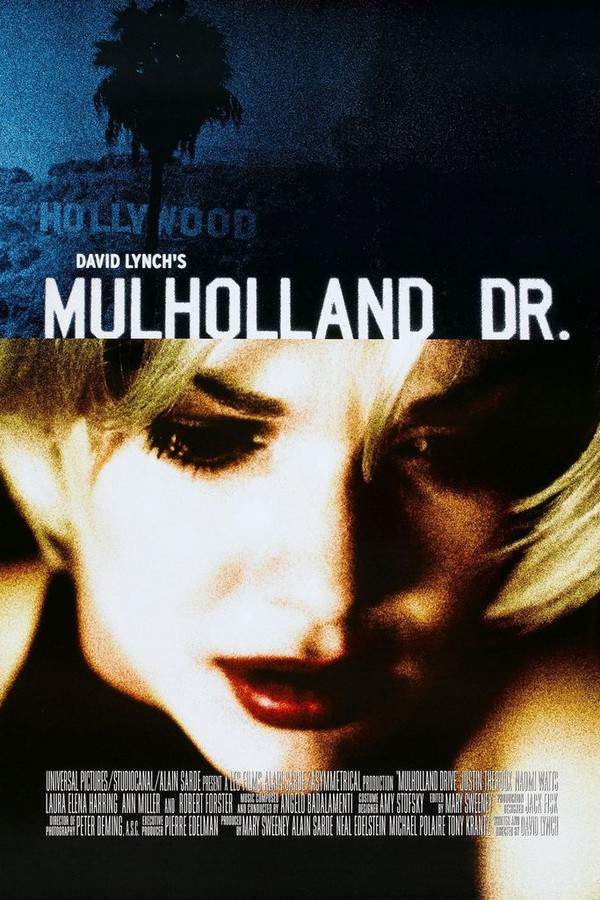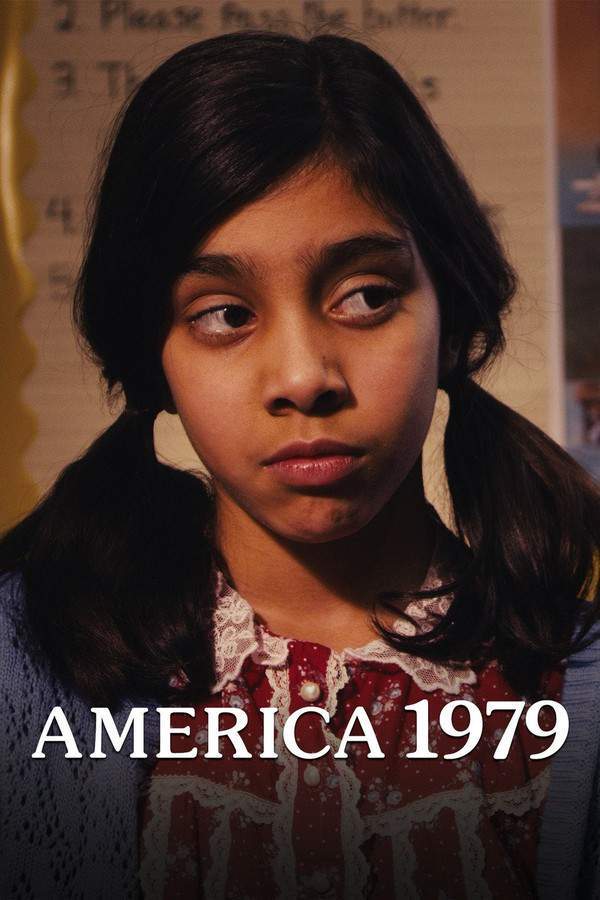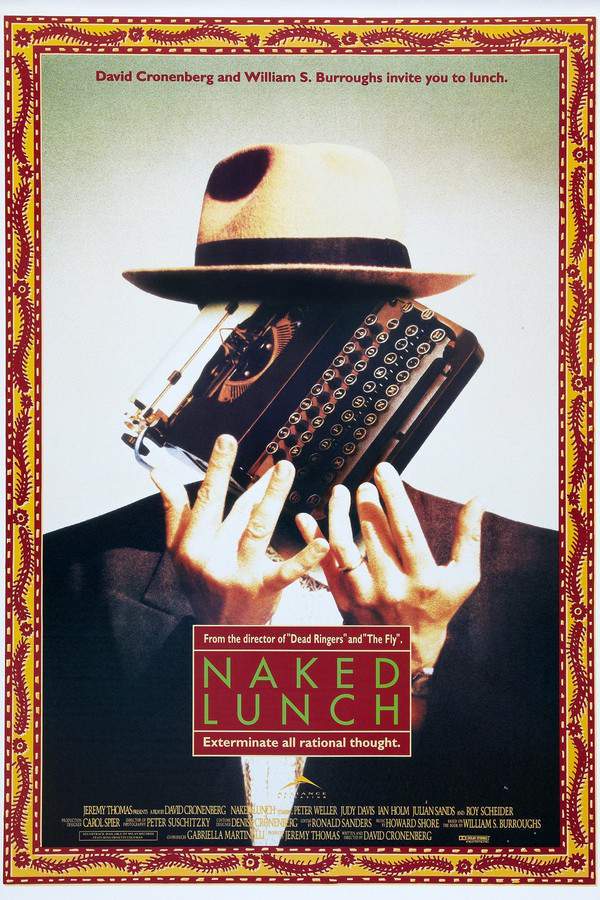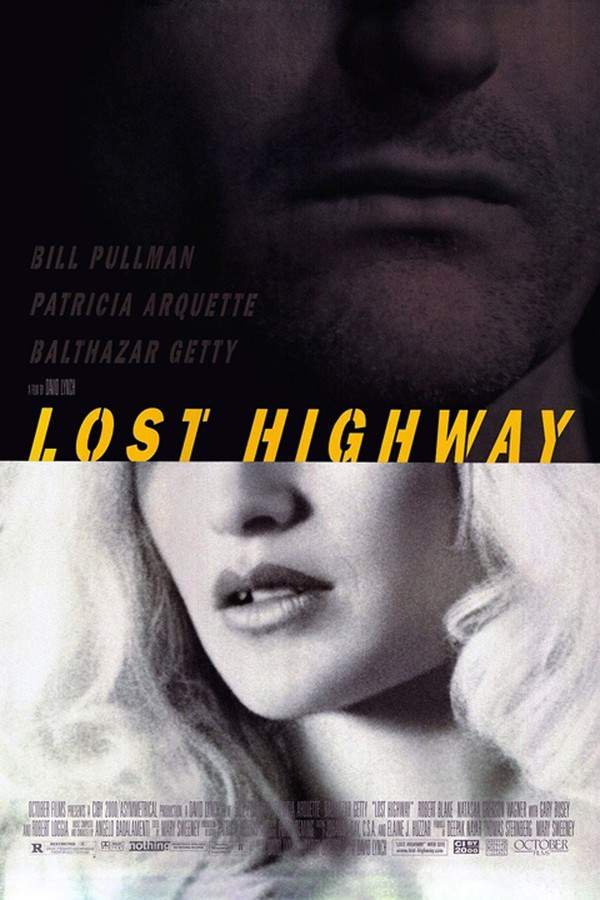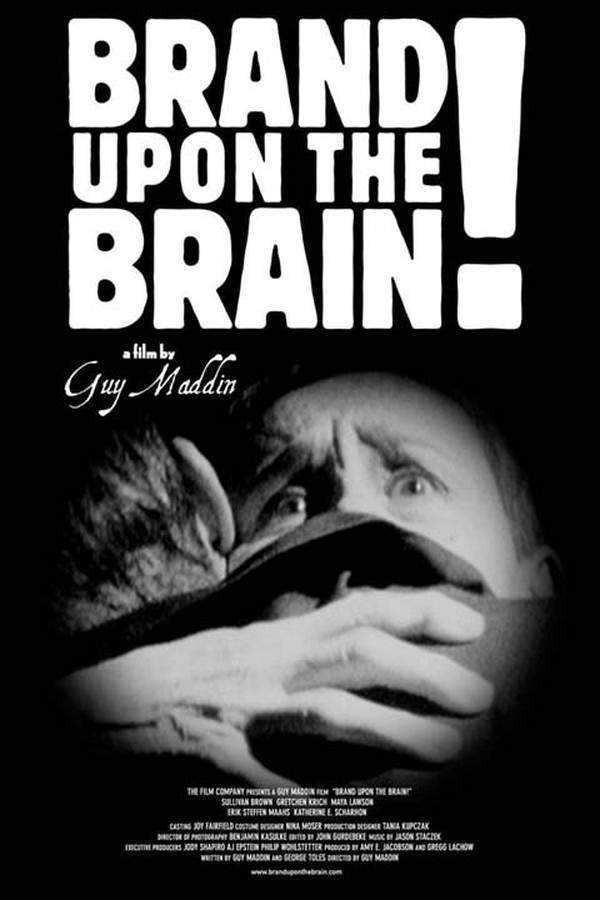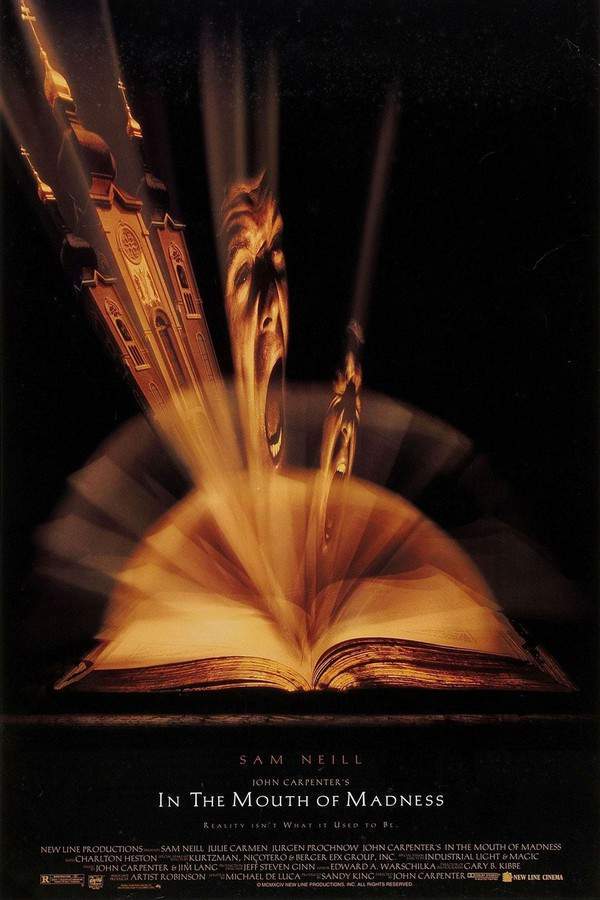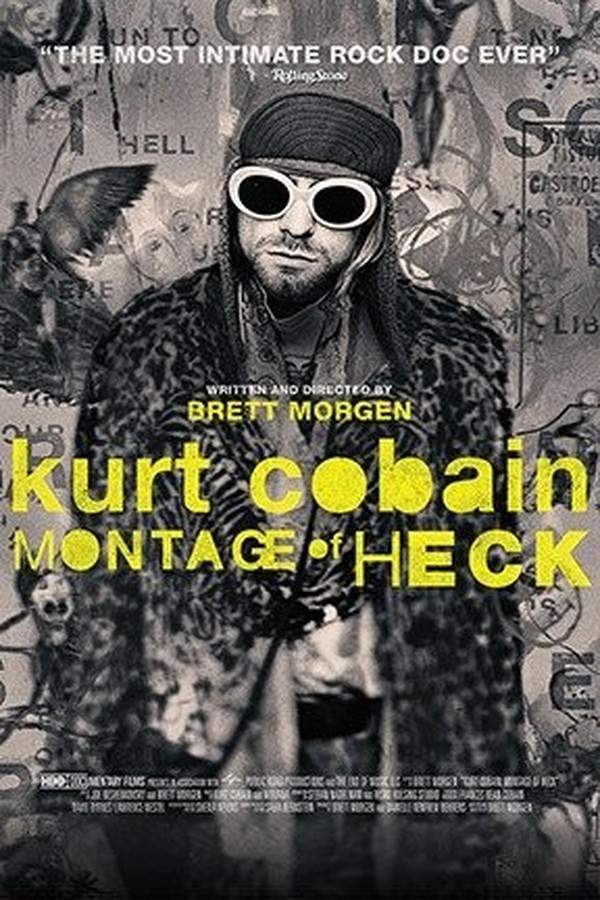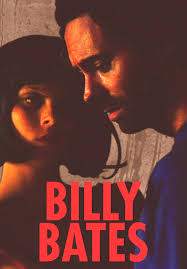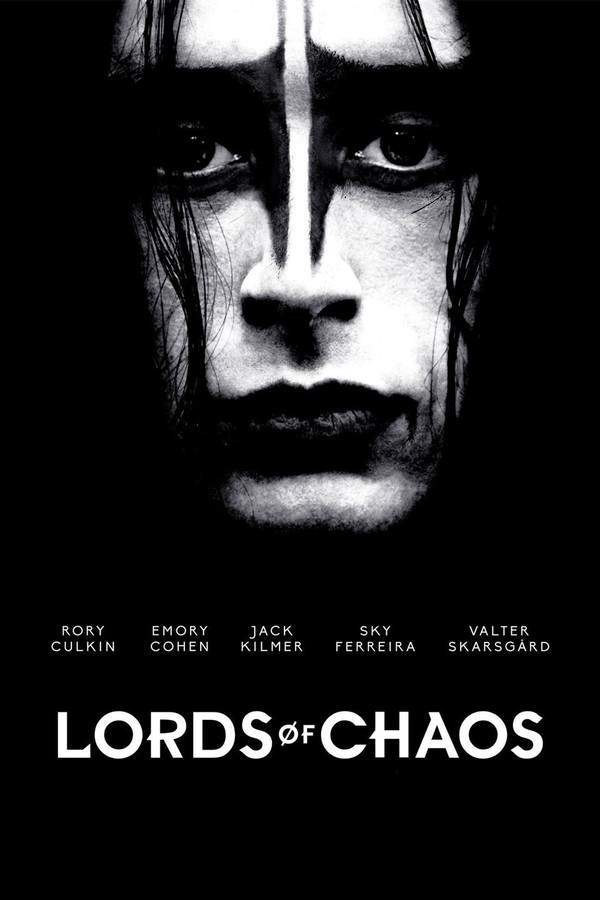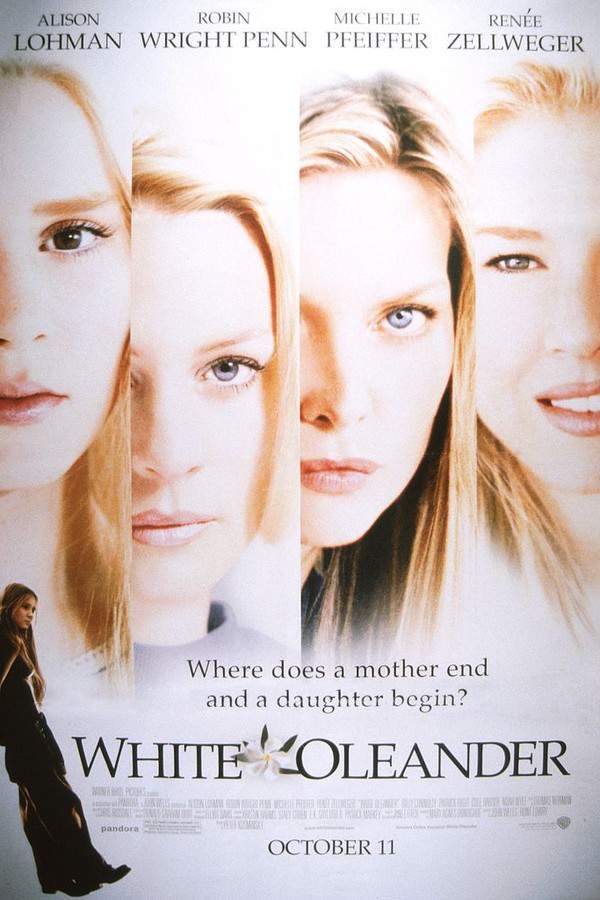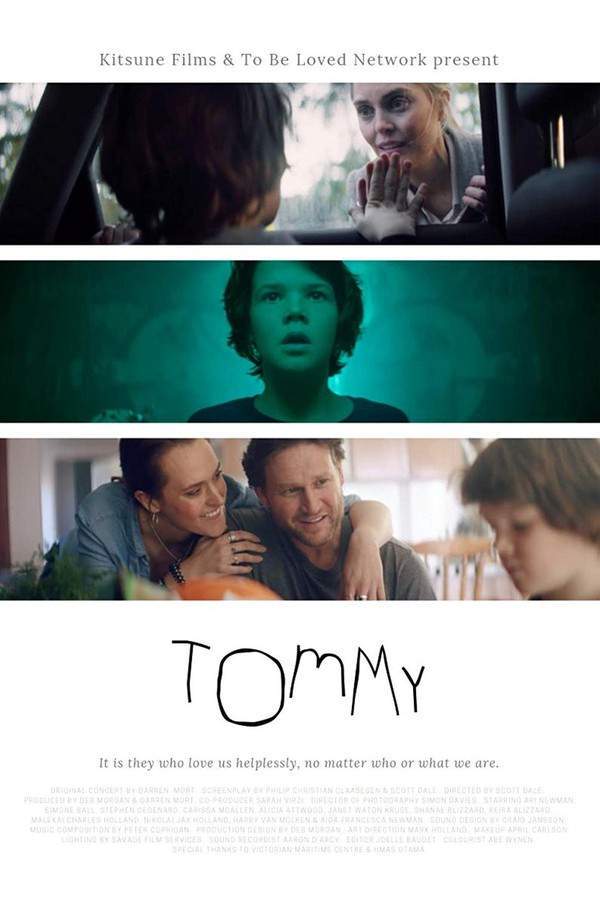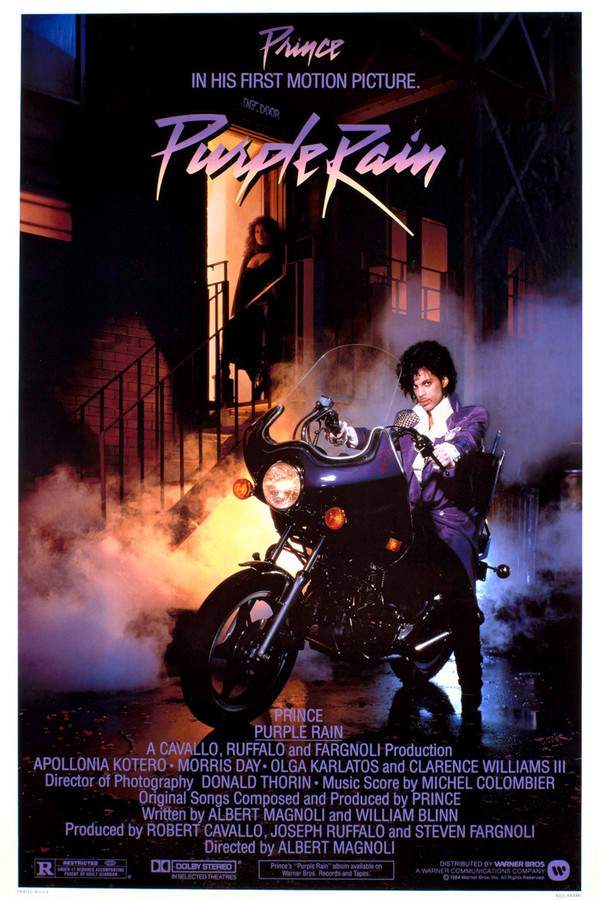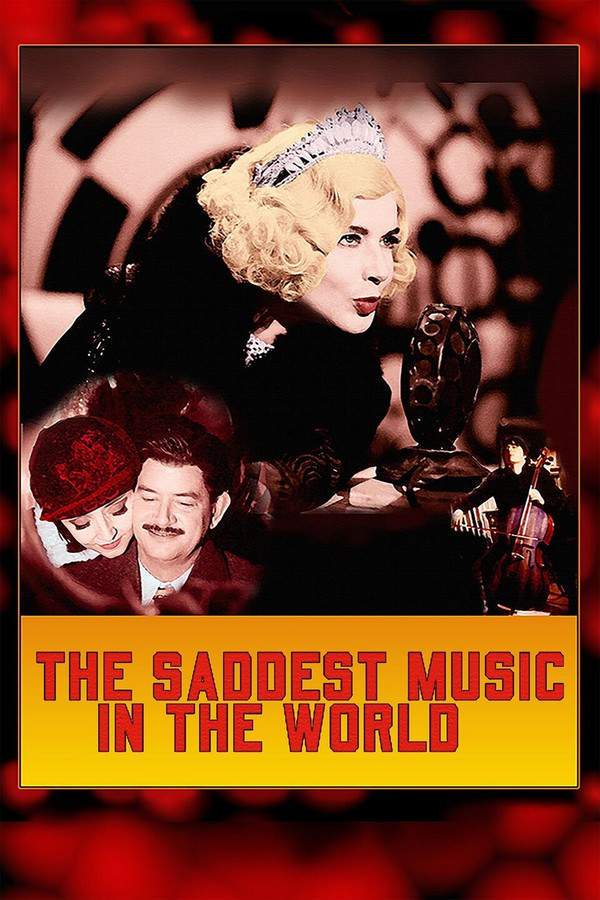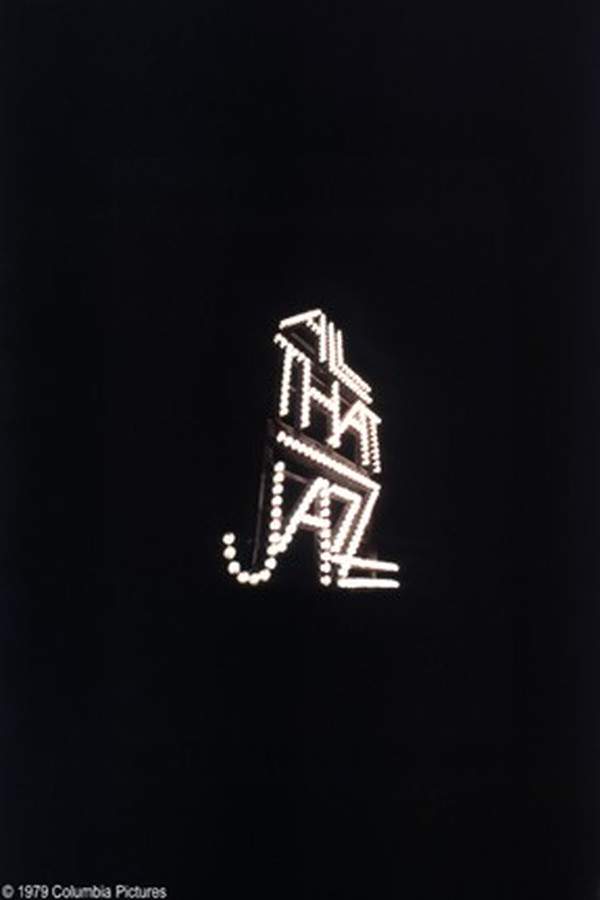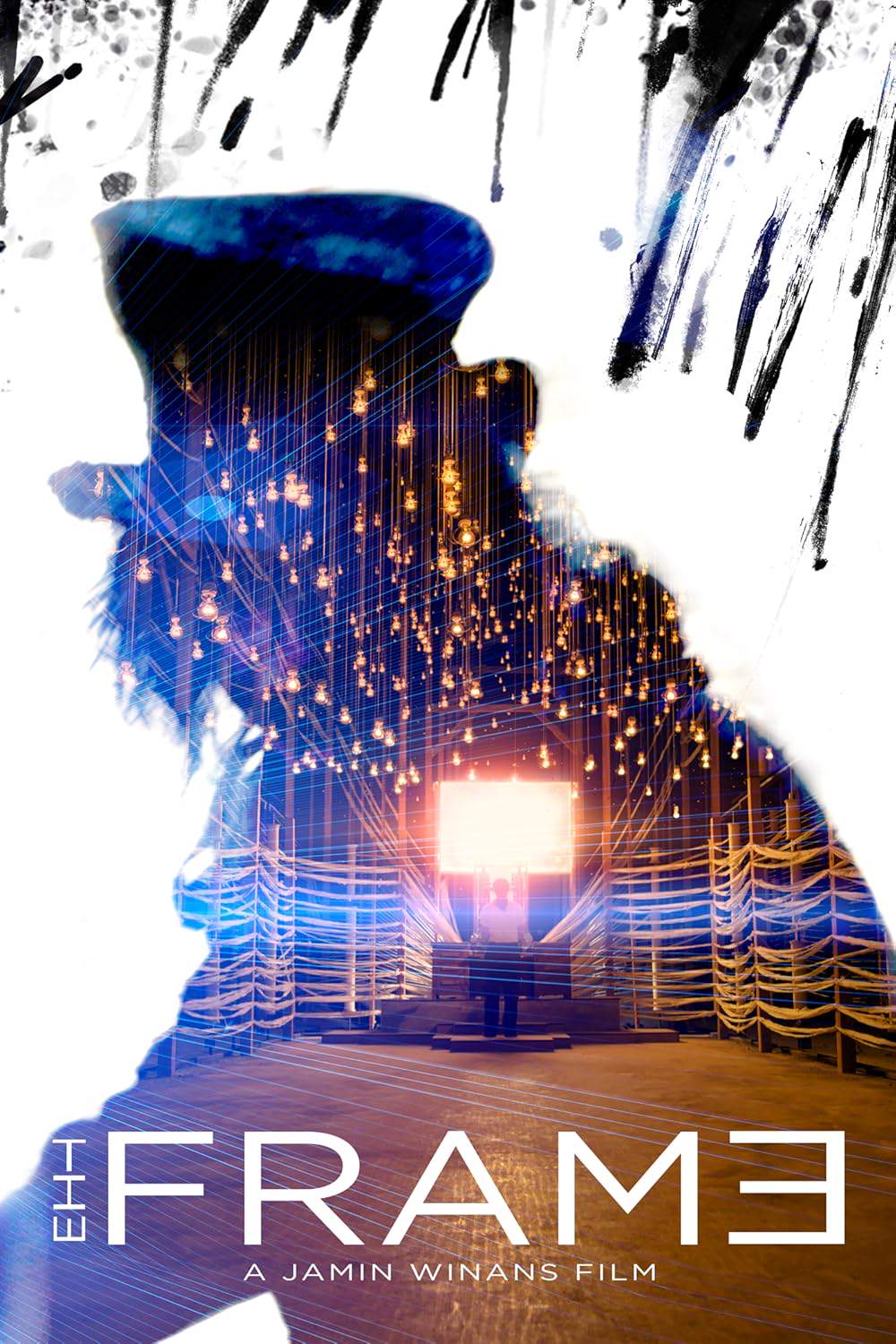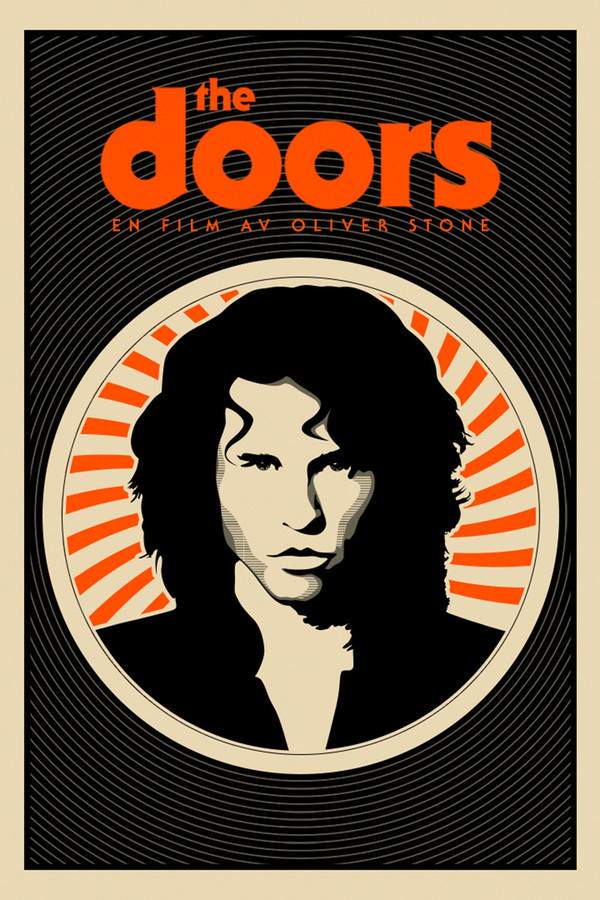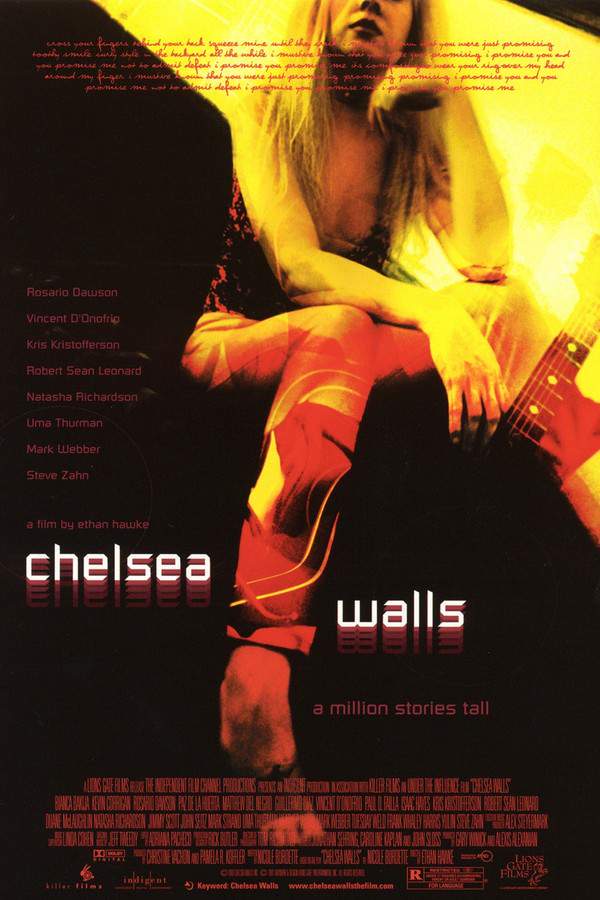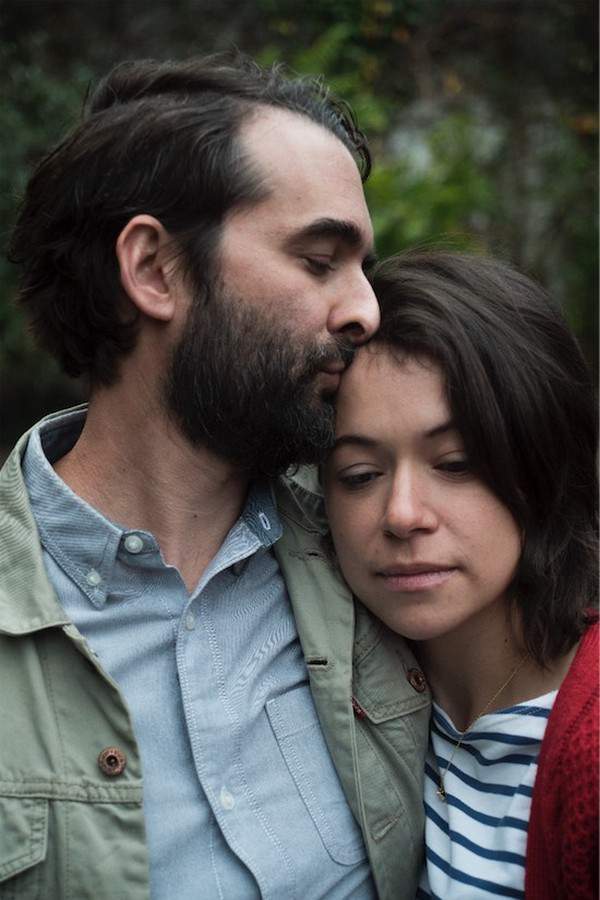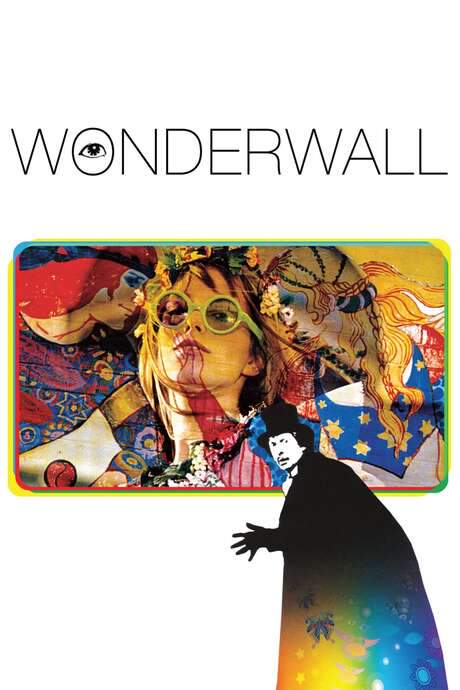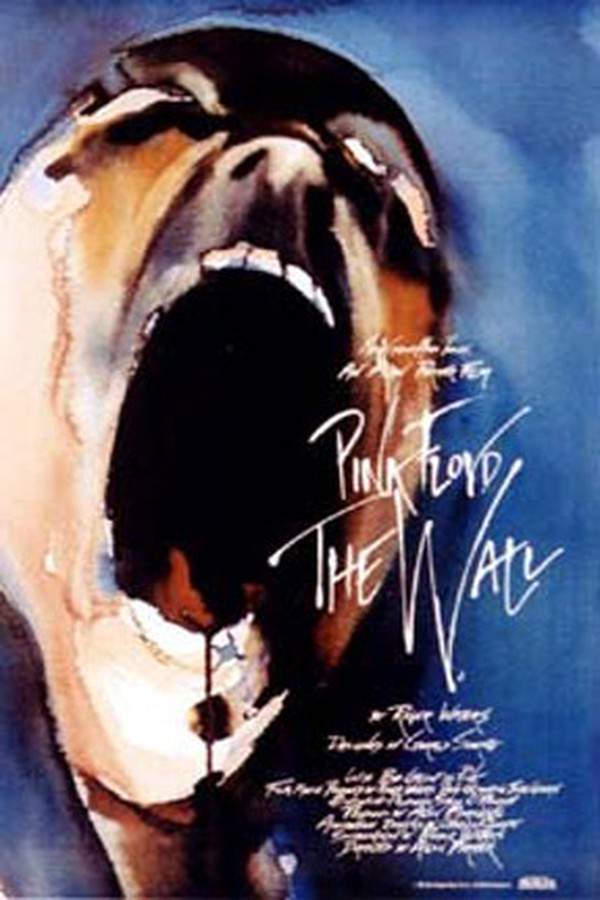
Pink Floyd: The Wall
Year: 1982
Runtime: 95 min
Language: English
Director: Alan Parker
Confined to a Los Angeles hotel room, a successful musician begins a descent into psychological turmoil, triggering a series of fragmented memories and surreal visions. He confronts a painful past marked by loss, isolation, and an overprotective mother, events that have led him to construct a metaphorical wall to protect himself. The film explores themes of trauma, grief, and the struggle for personal freedom through a combination of live-action and animation.
Warning: spoilers below!
Haven’t seen Pink Floyd: The Wall yet? This summary contains major spoilers. Bookmark the page, watch the movie, and come back for the full breakdown. If you're ready, scroll on and relive the story!
Pink Floyd: The Wall (1982) – Full Plot Summary & Ending Explained
Read the complete plot breakdown of Pink Floyd: The Wall (1982), including all key story events, major twists, and the ending explained in detail. Discover what really happened—and what it all means.
The film narrates the construction and eventual demolition of a symbolic wall, evoking themes of isolation and alienation that can be interpreted in various ways. The protagonist, Pink, portrayed by Bob Geldof, is depicted as a rock star struggling with his emotional detachment and depressive state. The story opens in a hotel room that he has turned upside down, set to the haunting melody of Vera Lynn’s “The Little Boy that Santa Claus Forgot” rather than music by Pink Floyd.
As the narrative unfolds, we learn about Pink’s deeply troubled past. His father, a British soldier, was killed in World War II when Pink was just an infant, which echoes the real-life loss experienced by Roger Waters, whose own father died in battle. The stark imagery of modern rock concerts is jarringly compared to soldiers rushing into combat, portraying a chaotic world.
The film flashes back to Pink’s childhood in the 1950s, where he grapples with the absence of a father figure, crying out for connection (“Another Brick in the Wall, Part I”). He discovers memorabilia from his father’s military service, including a bullet that he dramatically places on the track of an approaching train, symbolizing his deep sense of loss. At school, he faces humiliation when caught writing poetry—poems that his abusive teacher reads aloud (“The Happiest Days of Our Lives”). This oppressive school environment sparks a vivid fantasy in which the students rise against their tormentor, leading to the destruction of the school itself (“Another Brick in the Wall (Part 2)”). Additionally, Pink’s overbearing mother, portrayed with gravitas, further complicates his emotional landscape (“Mother”).
As an adult, Pink marries, yet they drift apart due to his increasingly self-destructive behavior. On tour in the United States, he discovers that his wife is being unfaithful, which drives him into the arms of a willing groupie, portrayed by Jenny Wright. This encounter ends violently, culminating in a harrowing display of emotional turmoil when Pink shatters his hotel room in a fit of rage (“One of My Turns”). As despair grips him (“Don’t Leave Me Now”), he lashes out at his television with his guitar, declaring he needs “no one at all” (“Another Brick in the Wall, Part III”), marking the completion of the wall he has built around himself to shield from emotional pain (“Goodbye Cruel World”).
In a harrowing descent, Pink loses his sanity, depicted metaphorically as “worms” invade his mind. He finds himself transforming into a disturbing neo-Nazi alter-ego while watching The Dam Busters (1955). His manager, Bob Hoskins, along with some hotel staff, break into his room and forcefully sedate him for a performance (“Comfortably Numb”).
In a disturbing fantasy sequence, Pink imagines himself as a dictator at a neo-Nazi rally, targeting those he perceives as different (“In the Flesh”). The chaos escalates as violence erupts, culminating in a rally set in suburban London, interspersed with animated imagery of marching hammers through the ruins (“Run Like Hell,” “Waiting for the Worms”). Eventually, Pink’s hallucinations shatter, leading him to seek refuge in a bathroom stall while reciting poetic lines that would later become lyrics for Pink Floyd’s work.
In a striking and surreal climax, Pink stands trial (“The Trial”), depicted as a small, immobile pink doll before a comically grotesque judge. The proceedings involve a slew of witnesses, including his mother and wife, who represent the emotional baggage weighing him down. Ultimately, the judge orders the wall to be destroyed. In a dramatic explosion, the wall blasts apart, revealing a montage of the film’s events, culminating in Pink’s anguished scream. The film concludes with three children tasked with cleaning up the aftermath of turmoil, leaving the fate of Pink shrouded in mystery and inviting viewers to reflect on his journey and its implications.
Last Updated: November 03, 2024 at 20:25
Explore Movie Threads
Discover curated groups of movies connected by mood, themes, and story style. Browse collections built around emotion, atmosphere, and narrative focus to easily find films that match what you feel like watching right now.
Surreal Descent into Madness like in Pink Floyd: The Wall
Films that blur reality and hallucination in a journey through psychological collapse.If you liked the surreal, psychological journey of Pink Floyd: The Wall, discover more movies that use avant-garde techniques to explore a character's mental breakdown. These films often blend animation and live-action, feature fragmented narratives, and share a dark, intense, and artistically bold vibe.
Narrative Summary
Narratives in this thread are rarely straightforward. They follow a character's internal unraveling, often triggered by trauma, through a series of symbolic visions and distorted memories. The plot structure itself mimics a fractured mind, prioritizing emotional and thematic logic over chronological events, and building towards a cathartic, if ambiguous, climax.
Why These Movies?
Movies in this thread are grouped by their commitment to visualizing internal psychological states. They share a high-intensity, dark tone, complex narrative structures, and a heavy emotional weight centered on themes of trauma and alienation. The similar use of surreal imagery and disorienting pacing creates a cohesive, challenging viewing experience.
Movies About Artistic Catharsis Like Pink Floyd: The Wall
Stories where creative expression becomes the volatile outlet for deep-seated pain.Explore films similar to Pink Floyd: The Wall where music and art are central to a character's confrontation with trauma. These movies share a focus on the dark side of creativity, intense emotional journeys, and ambiguous endings that question the cost of artistic expression born from pain.
Narrative Summary
The narrative follows a creative individual grappling with profound personal demons, often stemming from childhood trauma or loss. Their art becomes a conduit for their anguish, leading to self-destructive behavior and a turbulent journey that interrogates whether creation can truly lead to healing or merely mirrors the chaos within.
Why These Movies?
These films are connected by their central theme of art as a double-edged sword for processing trauma. They consistently feature a heavy emotional weight, dark tones, and complex protagonists. The focus on the creative process itself, often visualized in ambitious ways, creates a unique and intense vibe shared across the group.
Unlock the Full Story of Pink Floyd: The Wall
Don't stop at just watching — explore Pink Floyd: The Wall in full detail. From the complete plot summary and scene-by-scene timeline to character breakdowns, thematic analysis, and a deep dive into the ending — every page helps you truly understand what Pink Floyd: The Wall is all about. Plus, discover what's next after the movie.
Pink Floyd: The Wall Timeline
Track the full timeline of Pink Floyd: The Wall with every major event arranged chronologically. Perfect for decoding non-linear storytelling, flashbacks, or parallel narratives with a clear scene-by-scene breakdown.

Characters, Settings & Themes in Pink Floyd: The Wall
Discover the characters, locations, and core themes that shape Pink Floyd: The Wall. Get insights into symbolic elements, setting significance, and deeper narrative meaning — ideal for thematic analysis and movie breakdowns.

Pink Floyd: The Wall Spoiler-Free Summary
Get a quick, spoiler-free overview of Pink Floyd: The Wall that covers the main plot points and key details without revealing any major twists or spoilers. Perfect for those who want to know what to expect before diving in.

More About Pink Floyd: The Wall
Visit What's After the Movie to explore more about Pink Floyd: The Wall: box office results, cast and crew info, production details, post-credit scenes, and external links — all in one place for movie fans and researchers.

Similar Movies to Pink Floyd: The Wall
Discover movies like Pink Floyd: The Wall that share similar genres, themes, and storytelling elements. Whether you’re drawn to the atmosphere, character arcs, or plot structure, these curated recommendations will help you explore more films you’ll love.
Explore More About Movie Pink Floyd: The Wall
Pink Floyd: The Wall (1982) Scene-by-Scene Movie Timeline
Pink Floyd: The Wall (1982) Movie Characters, Themes & Settings
Pink Floyd: The Wall (1982) Spoiler-Free Summary & Key Flow
Movies Like Pink Floyd: The Wall – Similar Titles You’ll Enjoy
The Wall (2013) Ending Explained & Film Insights
The Wall (2017) Movie Recap & Themes
The Doors (1991) Full Movie Breakdown
Chelsea Walls (2002) Story Summary & Characters
Pink Wall (2019) Story Summary & Characters
Roger Waters: In The Flesh - Live (2000) Story Summary & Characters
The Pink Floyd and Syd Barrett Story (2003) Plot Summary & Ending Explained
Pink Floyd London ’66-’67 (2005) Detailed Story Recap
The Wall Man (2007) Full Summary & Key Details
Roger Waters: The Wall - Live in Berlin (1990) Ending Explained & Film Insights
Twilight (1982) Plot Summary & Ending Explained
Pink Floyd: Pulse (1995) Film Overview & Timeline
Wonderwall (1968) Ending Explained & Film Insights
The Wall - The Final Days (1000) Spoiler-Packed Plot Recap
Rock Bottom (2024) Ending Explained & Film Insights

